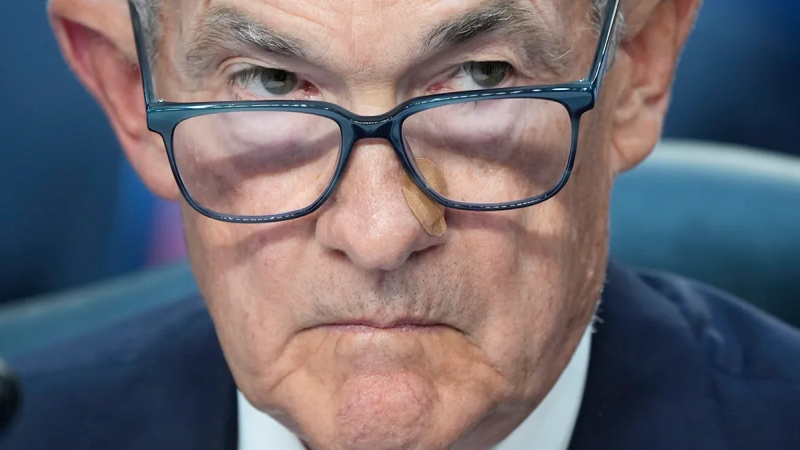Fed Chair Jerome Powell: 'Growing confidence' inflation cooling, more rate cuts possible
Federal Reserve Chair Jerome Powell on Monday said there's "growing confidence" that inflation is moving toward the central bank's 2% goal during a speech at the National Association for Business Economics conference in Nashville.
Powell said that two further rate cuts are possible if the economy continues to perform as expected, though they are likely to not be as aggressive as the half-percent cut the Fed made two weeks ago.
"The measures we're taking now are really due to the fact that our stance is due to be recalibrated but at a time when the economy is in solid condition," Powell said. "We're recalibrating policy to maintain strength in the economy, not because of weakness in the economy.
Inflation eases as Powell says soft landing is in sight
Powell said that the Fed's rate cut was a sign of confidence that monetary policy was cooling inflation after years of higher interest rates.
Capitalize on high interest rates: Best current CD rates
"By keeping monetary policy restrictive, we helped restore the balance between overall supply and demand in the economy. That patient approach has paid dividends," Powell said. "Today, we see the risks to achieving our employment and inflation goals as roughly in balance."
Powell said that annual headline and core inflation were at 2.2% and 2.7%, respectively. He further noted that inflation for core-good and non-housing core services were close to pre-COVID pandemic levels.
The Fed chair said that the growth of rents charged to new tenants had slowed and that housing inflation had slowed but "sluggishly."
"As leases turn over year upon year, you should see inflation rates start to flatten out,” he said. “It’s just going to take longer than we’ve been expecting and longer than we’ve wanted."

Labor market cooling
Powell said in the speech that the unemployment rate remains within its so-called "natural state" and that labor force participation for people ages 25 to 54 remains near historic highs. He further noted that the ratio of job openings to unemployed workers has "moved down steady" but "there are still more open positions than there are people seeking work."
"Prior to 2019, that was rarely the case," he said.
Powell did recognize that the labor market was cooling, saying that workers perceived that jobs were less available due to moderation in job growth and the increase in the labor supply.
He said that the board did not require further cooling to maintain inflation's downward trend.
Disclaimer: The copyright of this article belongs to the original author. Reposting this article is solely for the purpose of information dissemination and does not constitute any investment advice. If there is any infringement, please contact us immediately. We will make corrections or deletions as necessary. Thank you.







